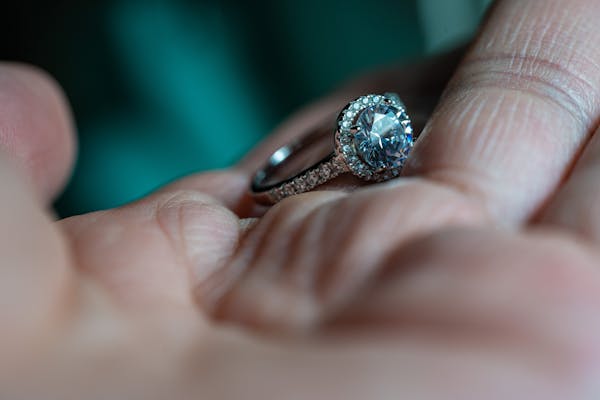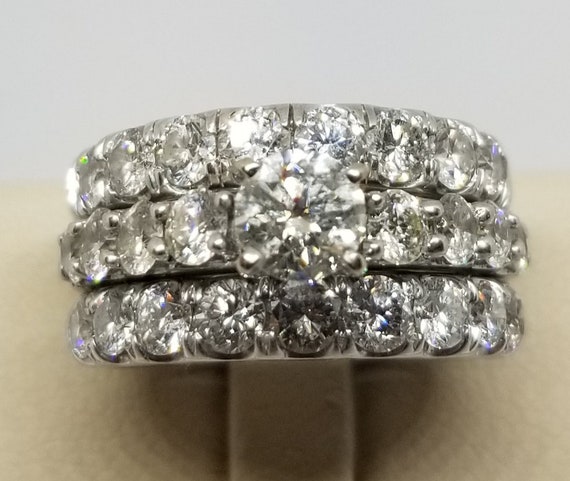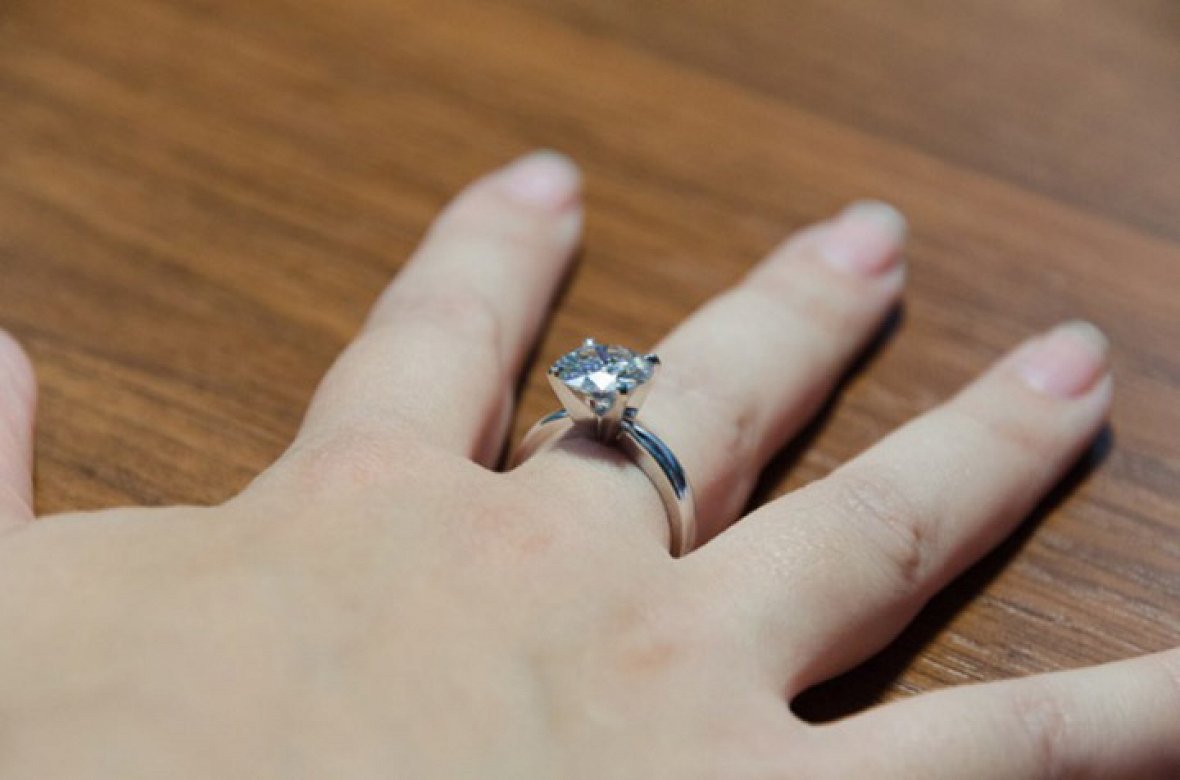
Lab grown diamonds insider story have become a fascinating topic in the jewelry world, sparking debates and curiosity about their creation, quality, and impact. Are they the future of the diamond industry, or do they simply offer an ethical alternative to traditional mining? Let’s explore this insider story to understand how these gems are created, their environmental impact, and what they mean for consumers and the jewelry industry.
What Are Lab-Grown Diamonds?
Lab-grown diamonds, also known as synthetic or cultured diamonds, are created in laboratories using advanced technology that replicates the natural diamond formation process. The two primary methods used are High Pressure High Temperature (HPHT) and Chemical Vapor Deposition (CVD). While the process varies, the goal is to produce diamonds that are chemically, physically, and optically identical to natural diamonds.
The Creation Process: A Blend of Science and Art
Creating a lab-grown diamond is a fascinating process that starts with a diamond “seed.” This seed is placed in a chamber where conditions are controlled to mimic those deep within the Earth’s mantle. In the HPHT method, intense pressure and high temperatures cause carbon atoms to form a diamond lattice. The CVD method uses a plasma reactor to break down carbon-rich gases man made diamonds, which then deposit on the seed, building up a diamond layer layer.
The result? A gemstone that looks and feels just like a natural diamond but comes with a much smaller environmental footprint.
Environmental and Ethical Considerations
One of the main reasons lab-grown diamonds have gained popularity is their reduced environmental impact compared to traditional mining. Mining diamonds can be destructive, involving deforestation, soil erosion, and significant energy consumption. In contrast, lab-grown diamonds require less land use, produce fewer emissions, and don’t involve conflict zones, making them a more ethical choice.
An industry expert noted, “Lab-grown diamonds offer a sustainable and conflict-free option for consumers who want the beauty of diamonds without the baggage of environmental and ethical concerns.”
Lab-Grown Diamonds in the Jewelry Market
Lab-grown diamonds are no longer a niche product. Major jewelry brands have embraced them, offering a wide range of products from engagement rings to earrings. Consumers appreciate the lower price point, which can be up to 30% less than natural diamonds, and the assurance that they are choosing a more sustainable option.
Despite their growing popularity, there’s still some skepticism. Some people believe that lab-grown diamonds lack the “soul” of natural diamonds, arguing that their value lies in their history and rarity. However, as technology improves and consumers become more eco-conscious, lab-grown diamonds are carving out a significant place in the market.
The Future of Lab-Grown Diamonds
What does the future hold for lab-grown diamonds? With technology advancing and environmental awareness on the rise, it’s likely that lab-grown diamonds will continue to gain traction. As more consumers choose them for their ethical and environmental benefits, the jewelry industry will need to adapt to meet this growing demand.
In conclusion, lab-grown diamonds represent a significant shift in the way we view gemstones. They offer a compelling alternative to traditional diamonds, providing beauty, durability, and sustainability. Whether you’re considering a new piece of jewelry or simply curious about the industry, lab-grown diamonds are worth exploring. Who knows? They might just be the diamond industry’s best-kept secret.
The questions raised in the introduction find their answers in the benefits that lab-grown diamonds bring—sustainability, reduced environmental impact, and ethical sourcing. As more people opt for these diamonds, they could reshape the jewelry industry for the better.











